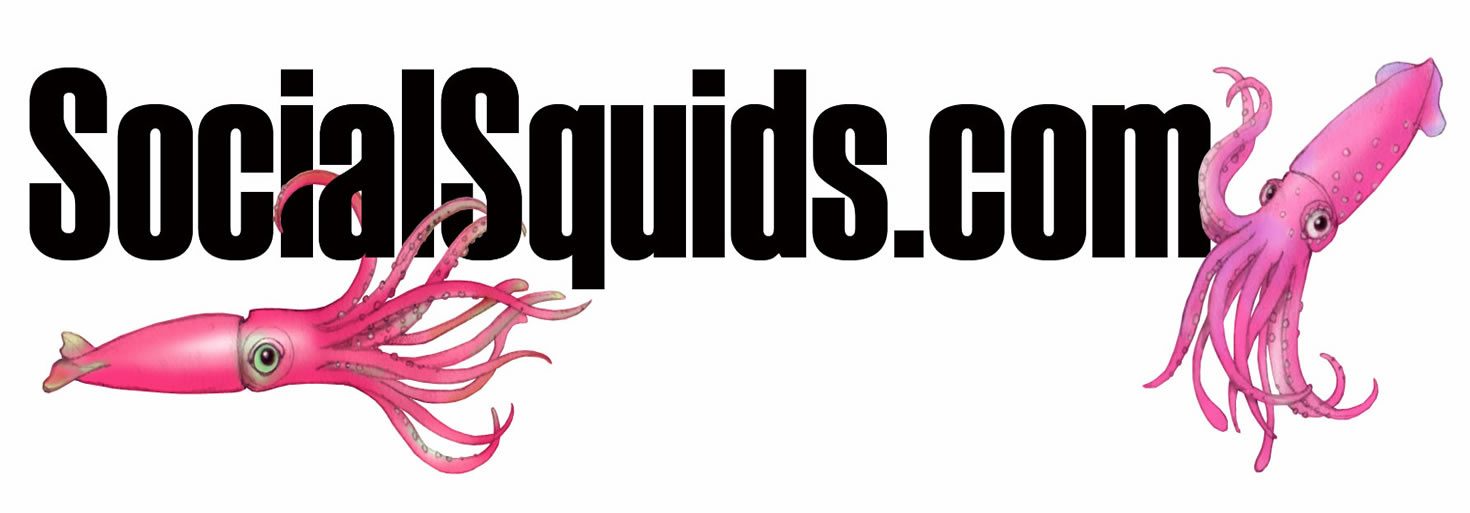
If you’re a blogger looking to expand your reach, boost traffic, and build a visually compelling brand presence, Pinterest isn’t just a social media platform—it’s a search engine, a discovery tool, and a creative playground. Whether you blog about lifestyle, design, education, or legacy storytelling, Pinterest offers a goldmine of opportunity. Let’s dive into how you can harness its power to elevate your blog.
Why Pinterest Matters for Bloggers
Pinterest isn’t just for recipes and DIY crafts. It’s a visual search engine with over 400 million monthly active users, many of whom use it to plan purchases, explore ideas, and discover new content. Unlike Instagram or TikTok, Pinterest pins have a long shelf life. They often drive traffic for months or even years.
Key Benefits:
- Evergreen traffic: Pins can continue to drive clicks long after posting.
- SEO-friendly: Pinterest boards and pins rank in Google search.
- High intent audience: Users are actively searching for solutions and inspiration.
- Visual storytelling: Perfect for bloggers who pair strong visuals with compelling copy.
Step-by-Step: How to Use Pinterest for Blogging
1. Set Up a Business Account
Start by converting your Pinterest account to a business profile. This unlocks analytics, ad tools, and rich pins.
- Go to Pinterest Business
- Claim your website to verify ownership
- Enable rich pins (especially useful for blog posts)
2. Optimize Your Profile
Your Pinterest bio should reflect your blog’s niche and tone. Use keywords that match your blog’s content and audience.
Example Bio: “Creative strategist sharing branding tips, visual storytelling hacks, and legacy-building inspiration.”
Include your blog link and a branded profile image.
3. Create Keyword-Rich Boards
Boards are like content categories. Think of them as mini landing pages for your blog topics.
Tips:
- Use clear, searchable titles (e.g., “Social Media Tips for Solopreneurs”)
- Add keyword-rich descriptions
- Pin both your content and relevant third-party content to build authority
4. Design Click-Worthy Pin Graphics
Pinterest is a visual-first platform. Your pins should be:
- Vertical (2:3 ratio): Ideal size is 1000 x 1500 px
- Branded: Use consistent fonts, colors, and logos
- Readable: Bold headlines, minimal text
- Enticing: Include a call to action or value proposition
Tools to Use:
- Canva
- Adobe Express
- Tailwind Create
5. Write Compelling Pin Descriptions
Descriptions help Pinterest understand your content. Use keywords naturally and include a call to action.
Example: “Learn how to use Pinterest to drive traffic to your blog with these 10 actionable tips. Perfect for solopreneurs and creative strategists!”
Include 3-5 relevant hashtags (yes, Pinterest supports them!).
6. Pin Consistently
Pinterest rewards consistency. Aim to pin daily or schedule pins using tools like Tailwind.
Strategy:
- Pin your blog post to multiple relevant boards
- Repin older content with fresh graphics
- Share seasonal or trending content when relevant
7. Use Idea Pins (Strategically)
Idea Pins are Pinterest’s version of Stories. They boost engagement and visibility.
Use them to:
- Share behind-the-scenes of your blog process
- Highlight tips or quotes from your posts
- Build brand personality and trust
8. Leverage Analytics
Pinterest Analytics shows which pins and boards perform best. Use this data to:
- Refine your pin design
- Focus on high-performing topics
- Repurpose popular content into new formats
9. Integrate Pinterest into Your Blog Workflow
Make Pinterest part of your publishing routine.
Checklist for Each Blog Post:
- Create 2-3 pin graphics
- Write keyword-rich descriptions
- Schedule pins to relevant boards
- Embed a “Pin It” button on your blog images
Creative Ideas for Pinterest-Driven Blog Content
Here’s how to reverse-engineer blog content based on Pinterest trends:
- Search seasonal keywords: e.g., “Fall branding tips” or “Holiday social media ideas”
- Explore trending topics: Pinterest Trends tool shows what’s hot
- Repurpose visual content: Turn infographics, quotes, or carousels into pins
- Create series: e.g., “30 Days of Microblogging Prompts” with daily pins
Pro Tips for Strategic Growth
- Use Pinterest SEO: Treat Pinterest like Google. Research keywords and optimize everything.
- Batch your pin creation: Design a month’s worth of pins in one sitting.
- Repurpose blog content: Turn one blog post into multiple pins, idea pins, and board topics.
- Test different styles: Try playful vs. minimalist designs to see what resonates.
Final Thoughts
Pinterest rewards strategy, consistency, and creativity. By treating it as an extension of your blog—not just a promotional tool—you’ll build a presence that’s both magnetic and meaningful.
So go ahead: pin your passions, share your stories, and let your blog bloom in the visual garden of Pinterest.

